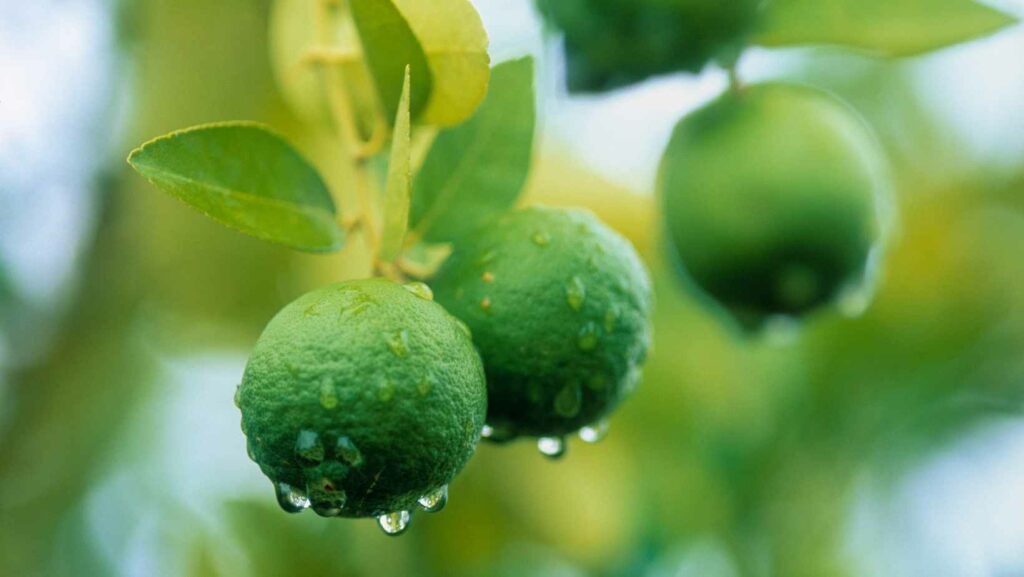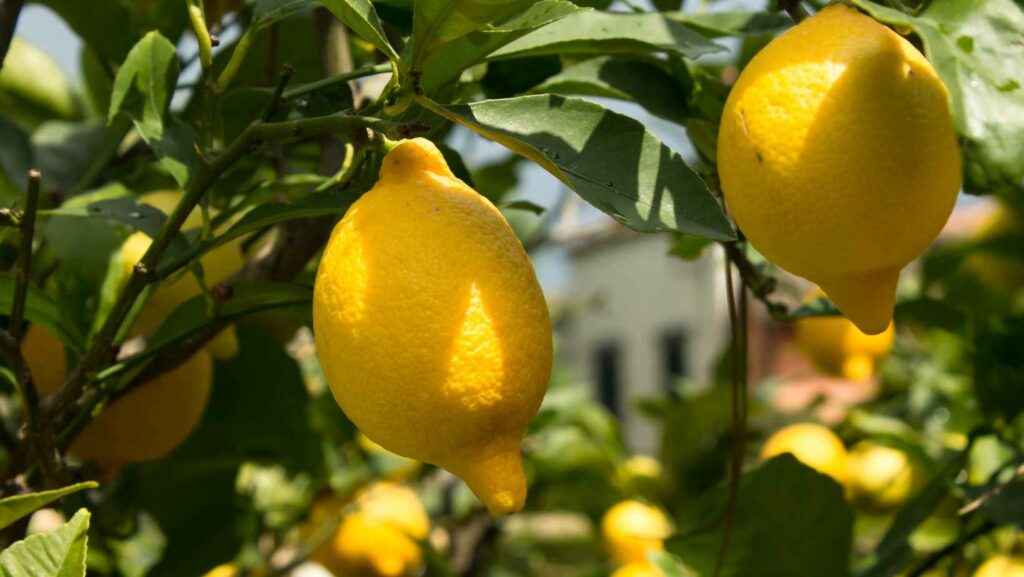Lemon vs lime tree leaves
Lemon and lime trees are both citrus trees and are very similar in appearance. They are both evergreen trees that can grow to be 20 feet tall. They have dark green, glossy leaves and white flowers with purple spots. The fruit of these trees are what we call lemons and limes. Both fruits are oval shaped and have a sour taste. Lemons are yellow and limes are green.
So, what is the difference between lemon and lime trees? The main difference is in the fruit that they produce. Lemons are used for their juice, while limes are used for their zest (the outer peel). Lemon juice is used in many different dishes, including dressings, marinades, and cocktails. Lime juice is used to add a tart flavour to food or to make cocktails. Lime zest is used to add flavour to baked goods or as a garnish.
What are lemon and lime trees?
Lemon and lime trees are two of the most popular citrus trees. Both trees produce fruit that is used in a variety of foods and drinks. Lemons are used in everything from salad dressing to cleaning products, while limes are often used in cocktails and baking.
Though both lemon and lime trees are similar in many ways, there are also some key differences between the two. For example, lemon trees typically have thorns on their branches, while lime trees do not. Lemon tree leaves are also generally darker green than lime tree leaves.
When it comes to the fruit produced by each tree, lemons tend to be larger and have a thicker skin than limes. Lemons also have a tart, acidic flavour, while limes are usually sweeter with a slightly sour taste.

The difference between lemon and lime trees
Lemon and lime trees (Citrus aurantifolia and Citrus latifolia) are two of the most popular citrus fruits grown in home gardens. They are both easy to care for and produce an abundance of fruit. So, what’s the difference between these two citrus giants?
The most obvious difference is in the fruit itself. Lemons are larger and have a thicker rind than limes. Lemons also have a sour, acidic flavour while limes are tart and fragrant.
Lime leaves are also narrower and more pointed than lemon leaves. Both lemon and lime trees can reach a height of 20 feet, but lime trees are more cold-sensitive than lemon trees.
So, when it comes to lemons vs limes, there are some key differences to keep in mind!
The benefits of lemon and lime trees
Lemon and lime trees are cultivated in different parts of the world. Lemons are thought to be native to Asia and limes are native to the region that includes India. In the United States, most lemons come from California and most limes come from Florida.
Lemons are used in a variety of foods and drinks for their tart flavour. Lemons are also used for their scent, as an antiseptic and as a source of vitamin C. Limes have a sour to tart flavour and are used in many cuisines, including Indian, Thai, Vietnamese and Mexican dishes. Lime juice is also used in cocktails, such as margaritas and key lime pie is a popular dessert in the United States.
Both lemon and lime trees require full sun and well-drained soil. They are both susceptible to cold damage and should be protected from frost. Lemon trees will produce fruit year-round, while lime trees typically have two fruiting seasons – spring/summer and fall.
The leaves of lemon and lime trees are different shapes. Lemon tree leaves are oval-shaped with smooth edges, while lime tree leaves are ovate with serrated edges. The flowers of both lemon and lime trees are white with five petals.

The drawbacks of lemon and lime trees
Lemon and lime trees (Citrus x limon and Citrus aurantifolia) are very similar in appearance. They are both evergreen trees with glossy, deep green leaves. The main difference between the two is that lemon tree leaves are slightly broader than lime tree leaves, and the lemon tree produces fruits that are yellow when ripe, while lime fruits are green.
Both lemon and lime trees need full sun and well-drained soil to thrive. They are also both susceptible to the same pests and diseases, such as citrus scale, citrus leaf miner, and fungal diseases like black spot and powdery mildew.
While they have many similarities, there are also some important differences between lemon and lime trees. Lemon trees grow to be taller than lime trees, typically reaching heights of 20 feet or more. Lime trees only grow to about 15 feet tall. Lemon trees also produce fruits that are larger than limes. Lemons can weigh up to a pound each, while limes only weigh about 3 ounces each.
Another difference is that lemons ripen in late fall or early winter, while limes ripen in mid-summer. This means that if you live in a climate with cold winters, you will likely have better luck growing a lemon tree than a lime tree.
Lemons and limes are both popular citrus fruits that can be used in a variety of recipes. While they have many similarities, there are also some important differences between these two fruit trees.
Which is better? Lemon or lime trees?
There are many citrus trees that can be found in different parts of the world. Two of the most popular types are lemon and lime trees. Both of these trees produce fruit that is rich in Vitamin C and can be used in a variety of ways. While they may have some similarities, there are also some key differences between these two types of trees.
For starters, lemon trees tend to be taller than lime trees. They can grow up to 20 feet tall, while lime trees only grow to about 10-15 feet tall. Lemon trees also have dark green leaves, while lime tree leaves are more of a light green colour.
Lemons are also typically larger than limes. While a lime might only be about 2 inches in diameter, a lemon can be up to 3 inches in diameter. Lemons also tend to have a thinner skin than limes do.
When it comes to taste, lemons are tart and acidic. Limes, on the other hand, are more tart and sour. Lemons are often used in baking or cooking because of their strong flavour, while limes are more commonly used as a garnish or in drinks because of their more subtle flavour.
So, which is better? Lemon or lime trees? Ultimately, it depends on what you’re looking for and what you plan to use the fruit for. If you want a taller tree with bigger fruit, then a lemon tree is probably your best bet. If you’re looking for a smaller tree with fruit that has a more subtle flavour, then a lime tree might be better suited for you.
Conclusion
In conclusion, the main difference between lemon and lime trees is the size of their leaves. Lemon trees have larger leaves than lime trees. Both trees produce fruit that is used for different purposes. Lemons are used more in baking and cooking while limes are used more in drinks and other recipes.
